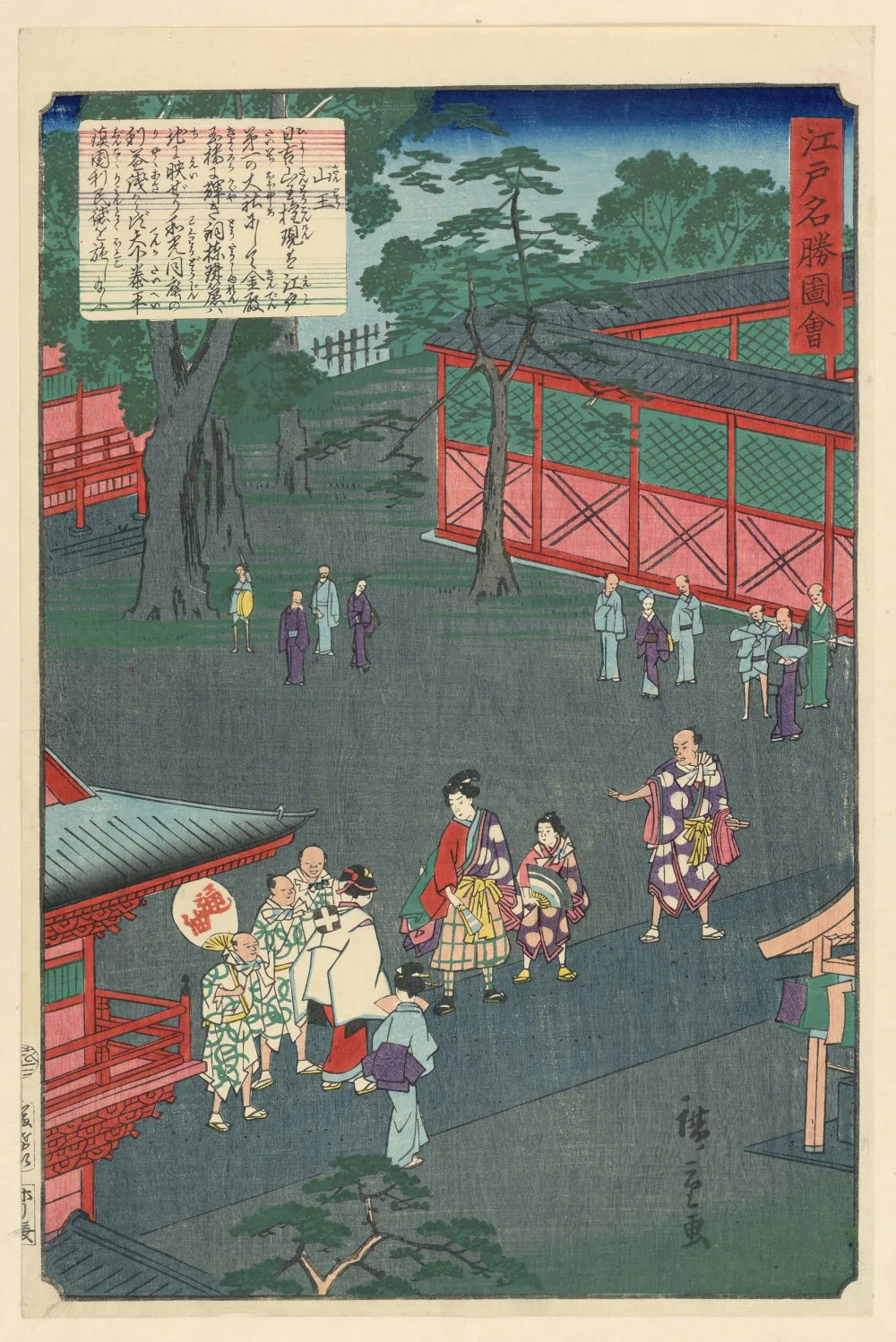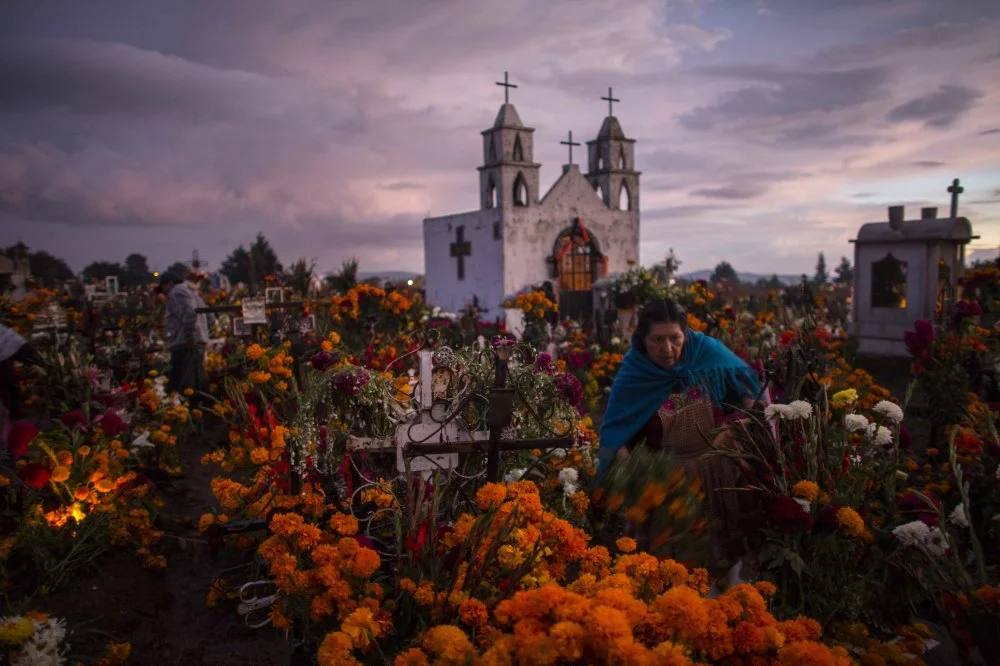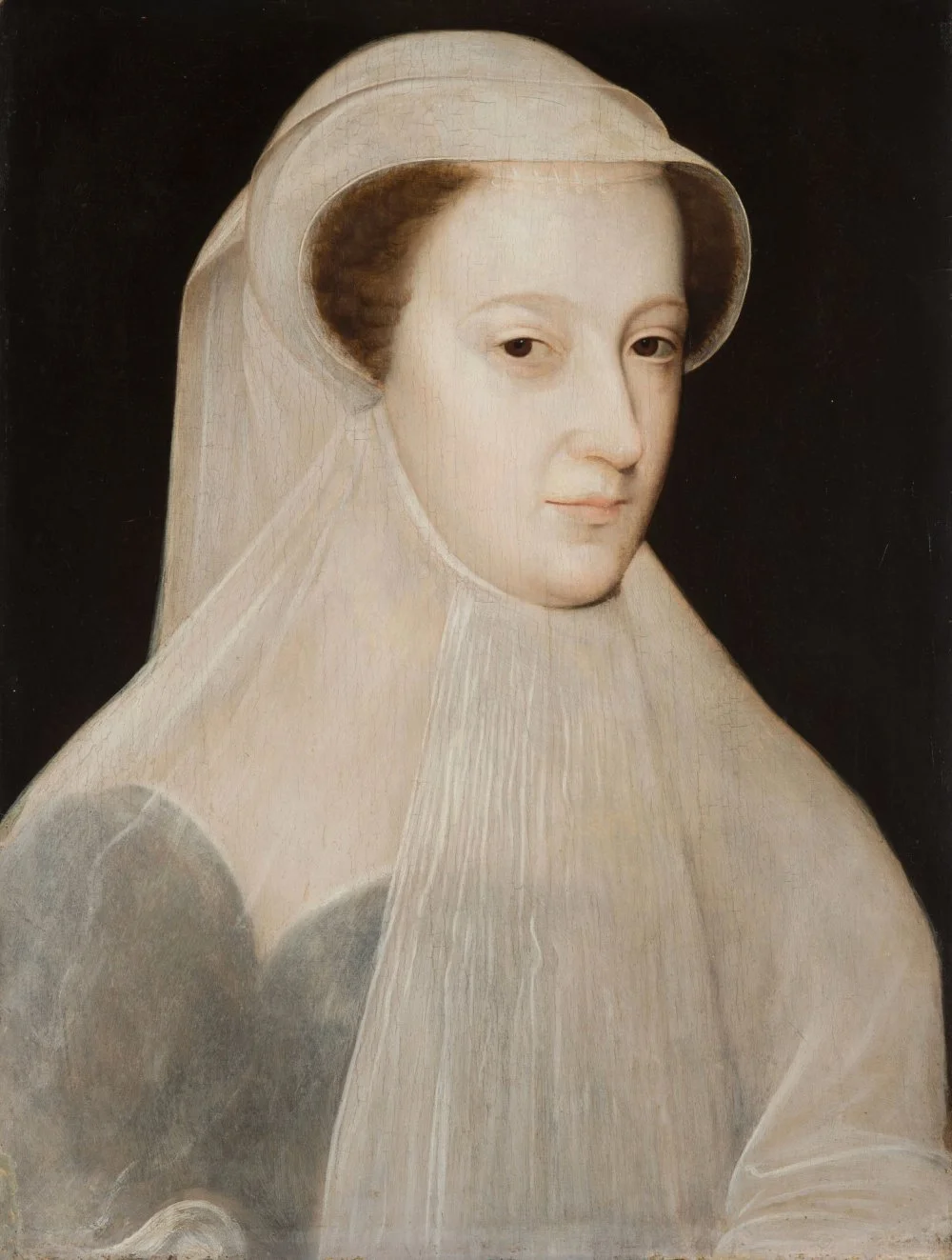The Rainbow of Mourning
Which Colors are Suitable for Expressing Grief

San Miguel de Allende, Mexico - November 2nd, 2018: Day of the dead decorations/Getty Images
Black, white, red, blue, purple, yellow, gray. What do all these colors have in common? These aren’t simply the new seasonal colors made trendy by the latest couturier. Instead, they make up a somber list of the colors of grief and sorrow, the colors of mourning, in different nations across the world.
The death of a loved one remains perhaps the saddest and most frightening experience for any human being, whether it is a distant ancestor for a tribal community or us in modern society. In order not to be overwhelmed by grief or fear during difficult times, we seek comfort in rituals, traditional actions repeated from generation to generation that allow us to cope with grief. They give us something to focus on, like performing dozens, if not hundreds, of tasks, to help the grieving person.

St John Mourning. 17th cent./Wikimedia Commons
One of the most ubiquitous rituals associated with death is mourning, or using specific colors for the clothes worn by mourners or in decorating the deceased's home. ‘Among primitive peoples there is no strict regulation of color, but the use of special mourning clothes is very common,’ writes Lev Sternberg in the article ‘Mourning’ in the Brockhaus and Efron Encyclopedic Dictionary. ‘Among the Manganya tribe (southern Africa), instead of changing the costume, the head is usually wrapped in palm leaves and worn until they fade, marking the end of the mourning period.’
Obviously, these rituals did not come out of thin air. Their original intention was not as much to express grief as to protect the living. Since ancient times, people have noticed that a death in a family or tribe sometimes brings a rash of deaths (for example, during epidemics). Thus, mourning was intended to protect others, especially members of the deceased's family, from the same sad fate. ‘Many, like Deniker,1


Ando Hiroshige. Funerary Procession. 19th cent/Alamy
Both purposes were served by the use of special clothes of unusual color, which immediately attracted the attention of outsiders and which could be discarded as contaminated at the end of the mourning period’.i
The most common colors of mourning were black and white. On the one hand, they seemed to make it possible to hide from the spirit of death by their lack of brightness, and on the other, they differed sharply from the colors of everyday clothing. Thus, members of the Spanish royal family, whose official attire was black, wore white during mourning. But wearing white is not reserved only for royal mourning in Spain. A Spanish woman in a white dress and mantilla is likely to be a widow, not a bride, as the traditional color of a Spanish wedding dress is red.
White is the color of mourning in Japan, Korea, and China. In Japan, only white dishes are placed on the memorial table. And the Chinese once believed that if you dressed the deceased in red, they would surely return as an evil spirit. In India, mourners come to funerals in white, and the white sari is the widow's attire. Gray mourning clothes are worn by Jews and Buddhists. Akin to the color of an unbleached canvas, it symbolizes giving up the joys of life for the time of remembrance.
In Turkey, the color of mourning is purple, because in Islam, the color has the connotation of the deceitfulness of earthly life. It is interesting that Catholics in South America agree with Turkish Muslims on this point. On funeral and memorial days, purple is worn by the closest relatives of the deceased, while others wear black.
And if purple seems too bright to express mourning, consider that in some African countries, such as Egypt, the color of mourning is red, the color of spilled blood. For people of older generations, however, this is not a strange custom. In the Soviet Union, it was customary to cover coffins with red satin with a black border. French Catholics can also express their grief in red, especially at the last mass.
In Iran, Tajikistan, and Uzbekistan, along with black, the color of mourning is blue, the color of the sky, the color of mystical contemplation, which is often used in the decoration of religious buildings. In general, the traditional mourning colors for Muslims are white, symbolizing purity and spirituality, and green, the sacred color of the Prophet’s banner. Both colors are associated with paradise, a posthumous reward for a righteous life.
Throughout history, black, the color of darkness, the night, the color of no color, has been a symbol of grief and pain for many nations. The open grave, the place of the last farewell, seemed black. Even one’s field of vision may seem to turn black when someone is in deep mourning. For Europeans, ‘mourning’ first and foremost means black, and if we remember how expensive most dyes were in Europe—they were mostly imported—we should not be surprised that they naturally chose to dye mourning clothes black, since black dyes, derived from charcoal products (soot and coal with various additives), were available to families of all incomes.

San Miguel de Allende, Mexico - November 2nd, 2018: Day of the dead decorations/Getty Images
Yellow has traditionally been the color of mourning since the times of the Mayans and Aztecs, and is still considered so in Mexico, where on Memorial Day, the streets are filled with vendors selling yellow flags, ribbons and scarves, as well as armfuls of yellow marigolds, the country's ‘mourning’ flower.
Since ancient times, the Kazakhs have attended funerals in black clothes, but the colors of the mourning flags, depending on the age or position of the deceased, were different. Qurbangali Khalidi in his book Tawarikh-i khamsa wrote: ‘The Kazakhs make it a custom to use black after burying the deceased. This meant tying a sign on the end of a long pole; red if the deceased was young, white for an adult, black on one side and red on the other if he was of middle age; alternatively, the sign was sewn from white cloth. At the funerals of ruling khans, the Kazakhs used to put up a flag of the same color as the deceased had used in life; among khans, young and old were equal, and whatever the color of the flag, it was called “black”. Black night is the sign of the flag.’ According to the famous Kazakh ethnographer Özbekali Janibekov, ‘In earlier centuries, when a revered person among the Kazakhs died, a black flag with black and mottled tassels was hoisted over his dwelling, his relatives dressed in black, and his horse, covered with a black blanket, was driven behind the nomadic group for a year.’ Thus, not only people but even horses mourned.

Mary, Queen of Scots, in deuil blanc c. 1559 following the deaths of her father-in-law, mother, and first husband Francis II of France/Wikimedia commons
Nowadays, even in very conservative societies, the importance of mourning is declining. Its usefulness in preventing epidemics has become negligible, and the modern pace of life does not allow mourners to spend long months or even years in a state of full mourning. Usually, mourning colors are worn only at funerals and wakes, and even then this rule is increasingly disregarded.



